Your emails are only as powerful as the audience they reach. You can have the most stunning designs and compelling copy, but sending the same generic message to everyone throws away potential sales and engagement.
The days of one-size-fits-all email blasts are long gone. Mastering email list segmentation is non-negotiable if you want to boost open rates, drive action, and build customer retention.
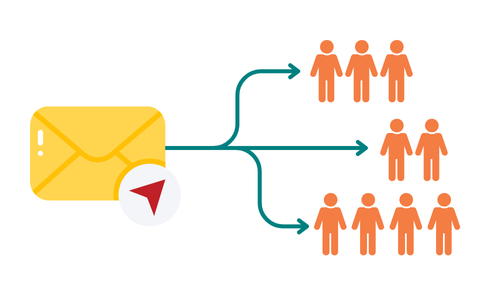
Think about it—what if your emails spoke directly to your audience’s needs, preferences, and behaviors? That’s the difference between being another email in the inbox and being the email that gets opened, read, and clicked.
Ready to learn how to segment your email list for a better, more tailored approach to retention marketing? Let’s dive in.
The Importance of Email List Segmentation
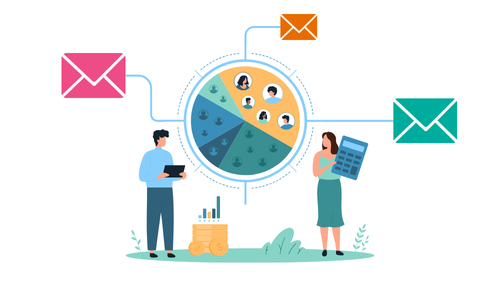
In today’s crowded inboxes, relevance is everything. You transform your emails into tailor-made messages by dividing your audience into targeted segments based on their needs, behaviors, or demographics. Studies show that segmented campaigns drive 30% more opens and 50% more clickthroughs than generic email blasts.
It’s more than personalization—it’s about sending the right message to the right person at the right time. Segmentation turns your emails into meaningful touchpoints, helping you create stronger connections, drive engagement, and build lasting customer retention. Simply put, it’s your secret weapon to getting noticed and achieving results in every campaign.
Step-by-Step Guide to Segmenting Your Email List
Segmentation ensures every email is relevant to its recipient. Here’s how to do it:
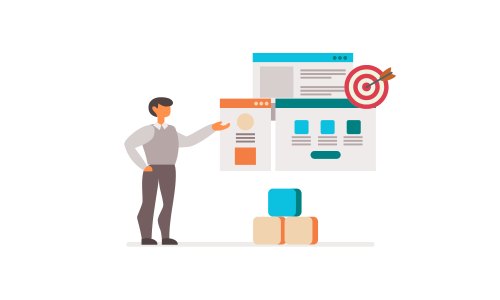
1. Define Your Objectives
Before diving into segmentation, understand what you’re trying to achieve. Do you want to improve open rates, increase conversions, or enhance customer retention? Setting clear, measurable goals will help you identify the right approach to segment your list.
You might set goals like “Increase open rates by 20% in the next quarter” or “Boost conversion rates from segmented campaigns by 15%.” Clear objectives will guide your strategy and help you measure success effectively.
Real-Life Example:
TuffWraps set clear goals to boost revenue from email campaigns, focusing on targeted engagement to drive results. This strategy led to a jump in campaign-driven revenue from 37.16% to 51.25%.
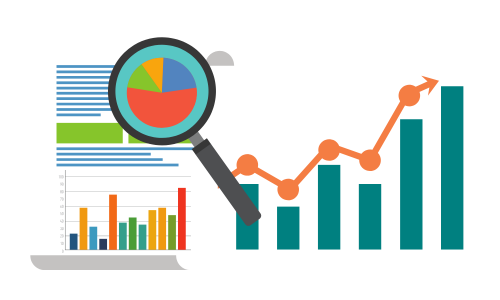
2. Collect & Organize Subscriber Data
Accurate subscriber data is crucial for effective segmentation. This data can include demographics (like age, gender, and location), behaviors (such as browsing habits or purchase history), and email engagement (opens, clicks). Your email marketing platform—Klaviyo, Mailchimp, or HubSpot—can help you collect and organize this data.
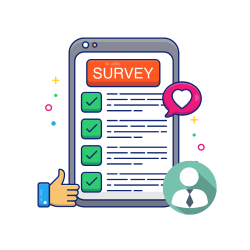 Use forms, surveys, and analytics to capture information about your audience. Ask questions when they sign up, such as their interests or preferences, to help categorize them immediately.
Use forms, surveys, and analytics to capture information about your audience. Ask questions when they sign up, such as their interests or preferences, to help categorize them immediately.
Real-Life Example:
Marine Layer consolidated customer data from online and in-store channels into Klaviyo, enabling cohesive email and SMS campaigns. This approach led to a 40.4% year-over-year increase in revenue from its targeted marketing efforts.
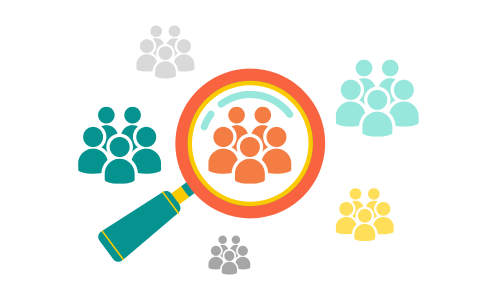
3. Identify Key Segments for Targeting
Effective email list segmentation requires creating segments based on shared characteristics, behaviors, or preferences. Here are some proven ways to do it:
- Demographics: Use information like age, gender, location, and job role to send more relevant content. For example, a retail store may send different product promotions based on the subscriber’s region or climate.
- Behavior-Based Segmentation: Analyze your subscribers’ past actions, such as purchase history, website browsing, or email interactions. If a subscriber has visited a product page multiple times but hasn’t purchased, a timely email with an incentive could be the nudge they need.
- Engagement Level: Track how actively subscribers engage with your emails. Grouping them as highly engaged, moderately engaged, or inactive can help you send targeted messages. For instance, highly engaged subscribers might receive sneak peeks of upcoming products, while inactive ones receive win-back offers to re-engage them.
- Purchase History: Understand what your customers buy, how often they purchase, and their spending habits. Use this data to send targeted product recommendations or special offers. For instance, a beauty brand might recommend complementary items to customers who recently bought skincare products.
- Sales Funnel Stage: Divide your list based on subscribers’ stages of the customer journey—new leads, first-time buyers, or repeat customers. New leads may benefit from an introductory welcome series, while loyal customers could be rewarded with exclusive discounts or VIP perks.
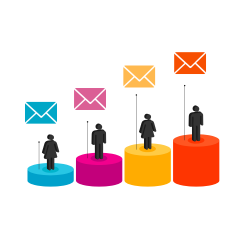
In fact, 64% of marketers personalize their emails through segmentation, which shows how crucial it is to understand and implement this practice for targeted messaging.
Real-Life Example:
DKNY honed in on targeted segmentation by analyzing customer behaviors, such as deal-hunting and subscription preferences. This resulted in an 8% increase in click rates and a 24% reduction in email volume.

Make Every Email Count with Smart Segmentation
Segmentation transforms your email marketing from generic blasts to personalized, engaging messages that truly resonate. By setting clear goals, collecting accurate data, and crafting content tailored to each segment, you can strengthen engagement and increase customer retention. It’s more than categorizing your audience—building relationships and delivering meaningful value.
Start segmenting your list today and create campaigns your audience will look forward to. Contact us to help elevate your email marketing and drive business growth!
